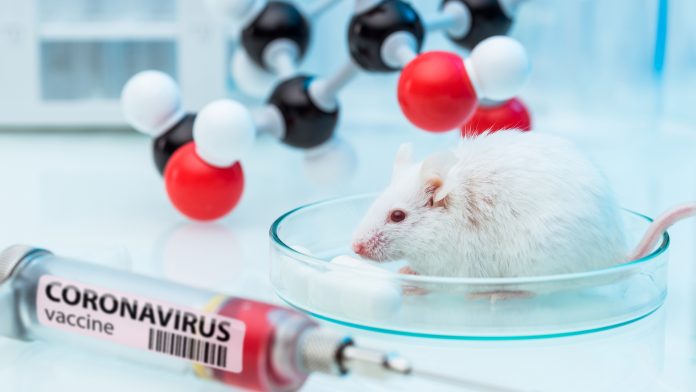
Research has found that the Omicron variant of SARS-CoV-2 may have started in mice, providing new insights into how the strain of COVID-19 became so prominent among humans.
The study, conducted by experts from the Chinese Centre for Disease Control and Prevention, has potentially uncovered the mysterious origins of the Omicron variant, suggesting that it is derived from mice, potentially ending the debate of where it emerged from.
The study’s findings are published in KeAi’s Journal of Biosafety and Biosecurity.
Emergence of the Omicron variant
The World Health Organization (WHO) classified the Omicron variant – SARS-CoV-2 variant B.1.1.529 – as a variant of concern (VOC) in November 2020, making it the fifth VOC to arise since the start of the pandemic.
The dissemination of the Omicron variant has been rapid since it was first identified and has quickly become the most common variant in many regions of the world. Despite its high transmission rate, the variant appears to cause less severe disease than other strains of the virus, such as the Delta variant.
Studies have identified that although the Omicron variant is highly transmissible, it causes less severe disease than the Delta despite being better at escaping immune protection provided by Covid vaccinations and prior SARS-CoV-2 infections. However, the origins of Omicron are still unclear.
Covid in mice
Scientists around the world have been working meticulously to uncover the true source of the Omicron variant, and although they understand that it developed from a strain that was circulating in mid-2020, they have not sourced any intermediate versions as Omicron developed into its current form.
A popular theory is that Omicron infected an animal and that the mutations occurred as it spread among the animal population, eventually being transferred to humans. Throughout history, mice have been notorious carriers of disease. Now, researchers have found evidence supporting the animal theory, suggesting that the most likely immediate host of Omicron was a mouse.
Professor Jianguo Xu, the leader from the China CDC, said: “Our study calculated the average number of mutations in the five VOCs and investigated the key mutations in the viral S protein, where the infection originates. We found that the Omicron variant contains mutations at five key sites of the protein: K417, E484, Q493, Q498, and N501.
“This mutation profile shows that the virus has adapted to infect the cells of mice. In addition, the time-scaled phylogenetic tree shows that the Omicron and Gamma lineages were likely circulating in mid-2020, which supports the hypothesis that Omicron may have evolved in a non-human animal species. We believe that the coronavirus slowly accumulated mutations over time in mice before it was transmitted back to humans by reverse zoonotic.
“These findings suggest that researchers should focus on SARS-CoV-2 variants isolated from wild animals, especially rodents. If Omicron is determined to have been derived from mice, the implications of it circulating among non-human hosts will pose new challenges in the prevention and control of the pandemic.”
























